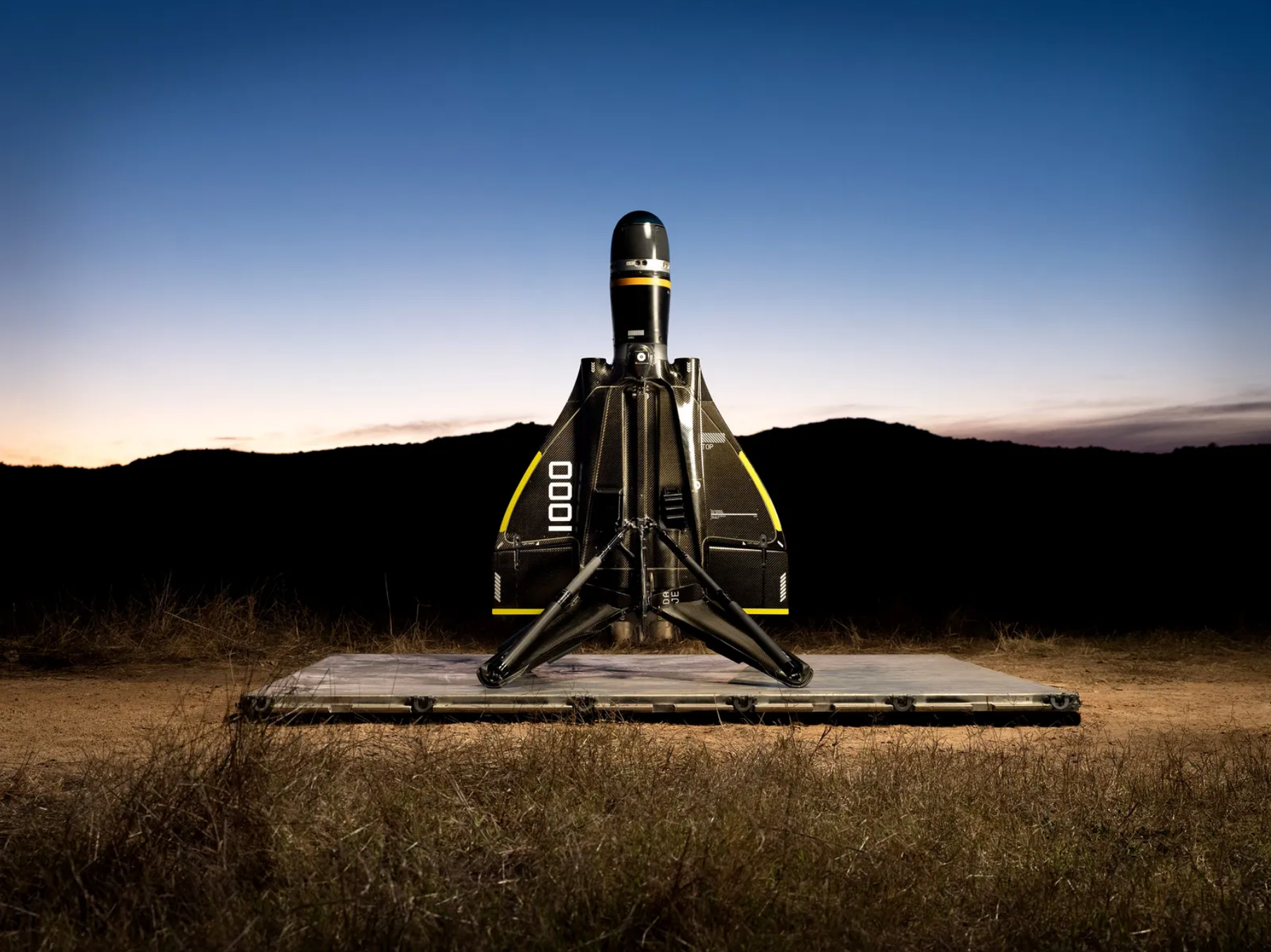At a cost of $30 billion to build, the Sellafield nuclear power site, located on the Irish Sea in Cumbria, England, is one of the most expensive engineering projects in history. Before all is said and done the project will consume 180 years of time from the initial ground breaking shovel scoop in 1940 to reaching “decommissioned” status in 2120. Decommissioning will add $108 billion to the price tag although the price tag could go much higher due to uncertainties.
On the site is Calder Hall, built in 1954, the world’s first commercial nuclear power plant to provide commercial quantities of electricity. Calder Hall is now being decommissioned. Next is the first generation reprocessing plant for extracting plutonium from spent nuclear fuel in order to provide fissile material for the atomic weapons program; this plant is also being decommissioned.
In Sellafield, the British government’s Nuclear Decommissioning Authority is dealing with “the most hazardous industrial site in Western Europe.” Over its history operators of Sellafield did not sufficiently prepare for the decommissioning and disposal of radioactive waste. Of the 1,400 buildings on the two square-mile site 240 contain radioactive materials. A significant proportion of the radioactive buildings are deteriorating or do not meet modern standards therefore posing a significant risk to the British public and the environment.
As of 2012, 55 buildings on the site had been decommissioned and removed but limited progress had been made in removing hazardous waste and reducing the risk posed by remaining facilities. The highest risks are ponds and silos built during the 1950s and 1960s to store fuel for reprocessing operations and radioactive waste.
While decommissioning is going on portions of the plant are still involved in commercial fuel processing operations. In 2011 and 2012 Sellafield vitrified over 2,300 tons equivalent of uranium and removed the outer casing of over 600 tons of spent fuel in preparation for reprocessing.
Sellafield stores 95% of the UK’s nuclear waste. The total amount of nuclear waste stored at the site is 68,000 metric tons which would fill 27 Olympic-sized swimming pools. Currently in interim storage, this waste will be moved to a geological disposal facility which is expected to be completed in 2040.
The Authority has mentioned that it is dealing with a legacy of procrastination and delayed decision making going back 50 years and taking full stock of the hazardous material on the site has not yet been fully completed.






